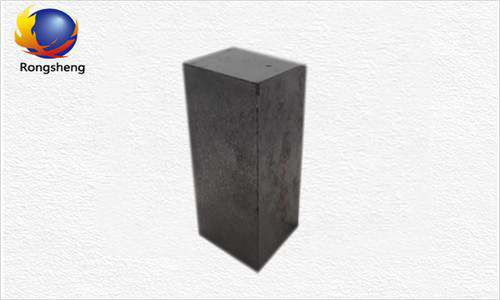(1) Damage process of carbon bricks for blast furnace
The characteristics of each area of the hearth are summarized as follows:
(1) The molten iron penetrates into the pores with a diameter of about 1μm, and the high temperature strength of carbon bricks
Decrease as the penetration of molten iron increases. The penetration of molten iron reaches the front surface of the embrittlement layer noodle;
(2) The dissolution of carbon bricks in molten iron first occurs in the matrix;
(3) The embrittlement layer is formed on the side wall and bottom of the hearth along the erosion contour of the hearth;
(4) The deposition of zinc and alkali near the embrittlement layer is only visible in some blast furnaces, not all other blast furnaces can be seen;
(5) Even building smaller carbon bricks will form a brittle layer;
(6) Brick masonry in the double ring structure will also form a brittle layer;
(7) Under normal circumstances, the blast furnace will become brittle about one and a half years after use floor;
(8) The linear thermal expansion of carbon bricks caused by the penetration of molten iron increases with the increase in the amount of penetration of molten iron.
The above findings indicate that preventing embrittlement and molten iron corrosion are two prerequisites for improving the performance of carbon bricks.
It is particularly important to study the formation of embrittlement layer and the dissolution mechanism of carbon bricks in molten iron.

